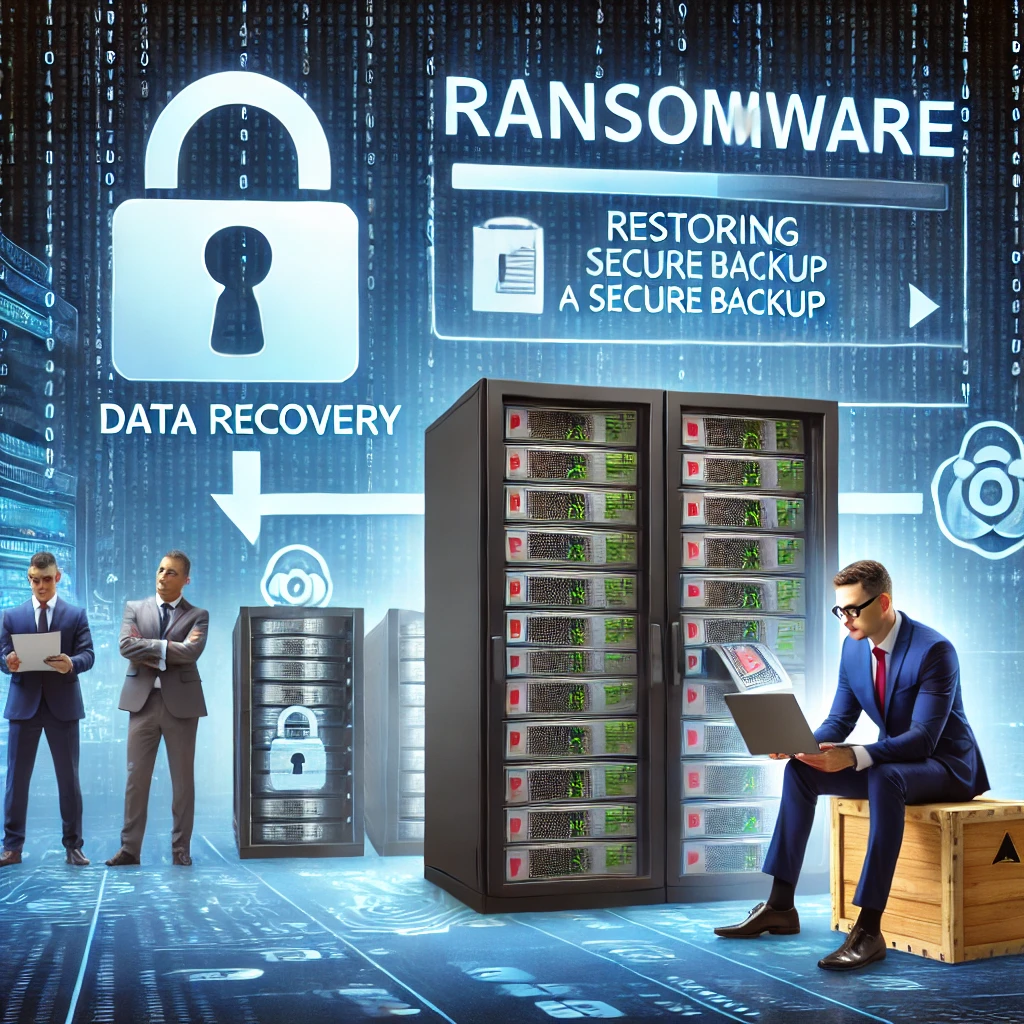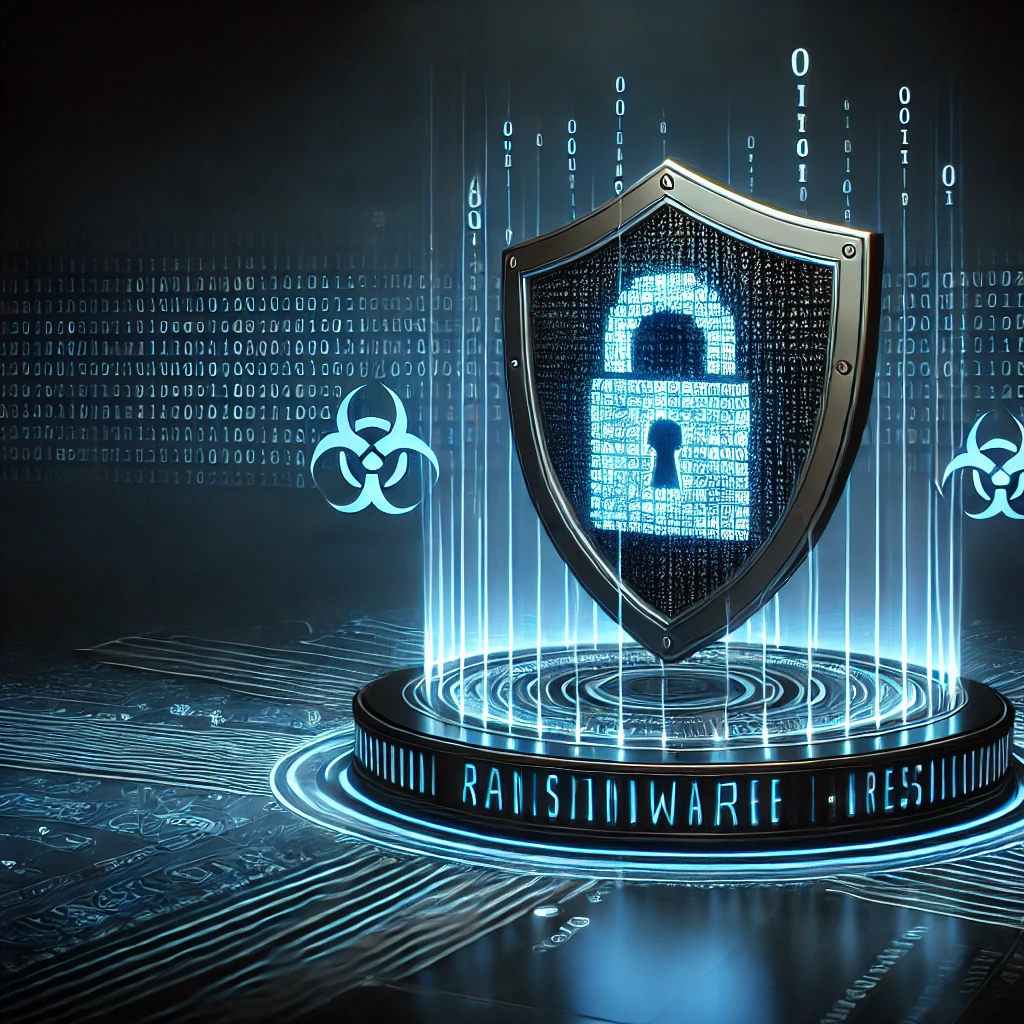Ransomware attacks are one of the most damaging cybersecurity threats facing businesses today. These attacks can encrypt critical data, disrupt operations, and demand costly ransoms. However, with the right prevention strategies and recovery plans, your business can mitigate risks and ensure a quick recovery. In this article, we’ll explore best practices for protecting against ransomware and strategies to recover in the event of an attack.
Understanding Ransomware Threats
Ransomware is a type of malware that encrypts files or entire systems, making them inaccessible until a ransom is paid. Cybercriminals often deliver ransomware through phishing emails, malicious attachments, or compromised websites.
The Impact of Ransomware Attacks
- Financial Costs: Ransom payments and recovery expenses can be overwhelming.
- Operational Disruptions: Businesses may face downtime, lost productivity, and service interruptions.
- Reputation Damage: Customers and stakeholders may lose trust in your organization’s ability to protect data.
Proactive Strategies to Prevent Ransomware

1. Implement Strong Security Measures
A robust cybersecurity framework is the first line of defense against ransomware. Essential measures include:
- Advanced Endpoint Protection: Deploy next-gen antivirus and endpoint detection and response (EDR) solutions.
- Firewalls and Network Segmentation: Restrict network access to essential systems and prevent lateral movement of malware.
- Regular Security Updates: Ensure all software, operating systems, and applications are up to date.
2. Employee Cybersecurity Training
Your team plays a crucial role in preventing ransomware attacks. Educate employees on:
- Identifying phishing emails and suspicious links.
- Following safe password management practices.
- Reporting potential security threats immediately.
3. Data Backup and Recovery Planning
Regular data backups are crucial for minimizing the damage of a ransomware attack. Follow these best practices:
- Follow the 3-2-1 Backup Rule: Maintain three copies of data, store it on two different media types, and keep one offsite copy.
- Test Backup Restorations: Ensure backups are accessible and functional in the event of an emergency.
- Utilize Cloud Backup Solutions: Secure cloud storage options can provide additional redundancy and protection.
How to Respond to a Ransomware Attack

1. Isolate Infected Systems
The first step in responding to ransomware is disconnecting affected systems from the network to prevent further spread.
2. Assess the Scope of the Attack
Determine which files and systems have been encrypted and identify the ransomware variant if possible.
3. Engage Cybersecurity Experts
Consult cybersecurity professionals or managed IT services like CatchMark Technologies’ Cybersecurity Solutions to evaluate mitigation options and recovery strategies.
4. Restore Data from Secure Backups
If you have uncompromised backups, initiate a recovery process to restore affected files and systems.
5. Report the Incident
Notify law enforcement agencies such as the FBI’s Internet Crime Complaint Center (IC3) and local authorities about the attack.
Strengthening Your Business’s Ransomware Resilience
The best defense against ransomware is a proactive approach that combines strong cybersecurity practices, employee awareness, and reliable data recovery strategies. By implementing these measures, your business can reduce risks, respond effectively, and recover quickly in the event of an attack.
For more insights and professional cybersecurity assistance, visit CatchMark Technologies’ Cybersecurity Page.

